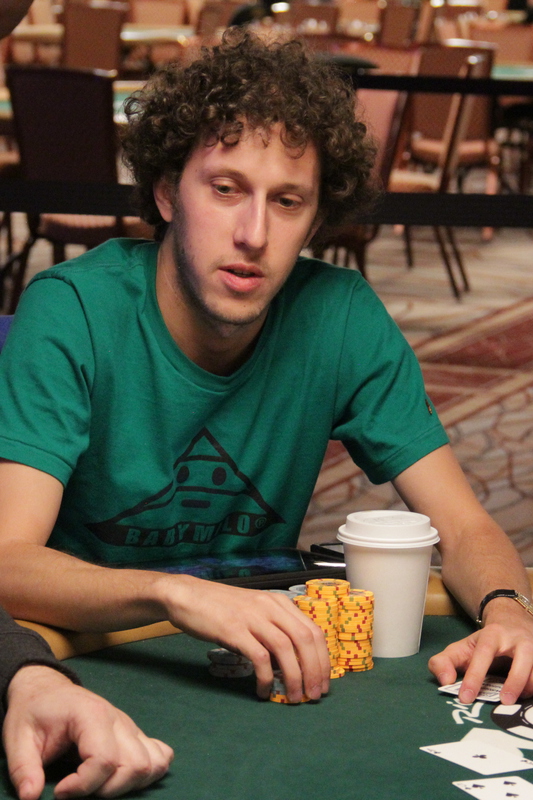






Pot-Limit Omaha Strategy Q and A With Andrew BrownPoker Pro Talks Mistakes Players Make In PLO |
|
|

Andrew Brown
Needless to say, Brown knows Omaha. That is exactly why we decided to ask him some advice about pot-limit Omaha and some of the mistakes novice players make in the game with big pocket pairs.
Card Player: In PLO it seems that people who are new to the game seem to persist in overvaluing pocket kings or pocket aces in their hands, playing too big of pots with them unnecessarily. Can you talk about these mistakes and how someone can go about playing the big pairs better?
Andrew Brown: I would say a very beginner mistakes is when a player has a pair like queens, kings or aces in their hand and they overplay it by turning their hand face up. The mistake that their making is not necessarily re-raising with quality hands, its more that they aren’t paying attention to the amount of chips they have, the amount of chips their opponent has and the size of the pot after they reraise and get called by one of two players.
In a spot where you are very deep you don;t want to reraise and risk turning your hand face up against three other players because you are going to have to beat 12 other cards to win the hand, meaning that you are probably going to have to hit to win the hand. Your aces aren’t just going to hold up as much. It’s not like hold’em, in that you can’t just continuation bet a J 7
7 4
4 with just aces [and no flush draw] because if you’re up against three opponents at least one of them has connected with that board.
with just aces [and no flush draw] because if you’re up against three opponents at least one of them has connected with that board.
CP: So when people do three or four bet with something like AsAc8s3h, so you do have one suit, but the flop will come out Q 10
10 2
2 . All of a sudden you are in a bloated multiway pot, and even if they check to you, it’s difficult to know what to do.
. All of a sudden you are in a bloated multiway pot, and even if they check to you, it’s difficult to know what to do.

Andrew Brown
CP: So do you think that people approaching these hands the wrong way might stem from them still having a hold’em mindset. They think, ‘Aces is the best starting hand. I have the best hand right now, I should get a ton of money in the pot.’ In Omaha though, perhaps they should think about not whether they have the best hand at that moment but more how likely they are to have the best hand by the river.
AB: Thinking about it that way is really good, yeah. You have to ask yourself how many clean turns or rivers there are for a hand. A good example of having that mindset was demonstrated in a hand that Phil Galfond played in the $5,000 pot-limit Omaha event at the World Series of Poker years ago. There was a spot against Negreanu where he had top set of kings on the flop, which had a flush draw, and bet.
The turn brought another flush draw and a straight draw. He still had the nuts with top set, but instead of betting again he checked, because he wanted to control the size of the pot from out of position because there are so many bad rivers. If he were to bet, the normal size would have been for about a third of his stack and he then wouldn’t know what to do on a lot of the rivers. So he checked and Negreanu bet, allowing him to then check-raise all-in while he was ahead. That saved him that tough river decision from out of position and is such a better outcome, because it takes him out of having to make a poker read on a scare card, of which there are a ton on the river.
